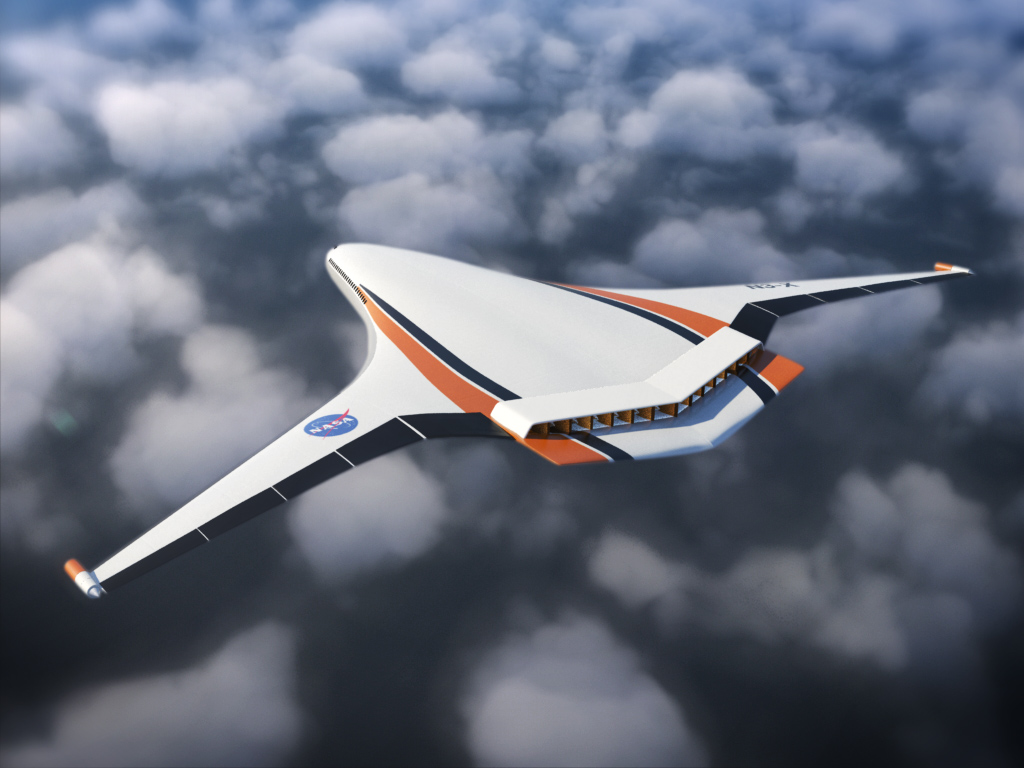Slava Turyshev
NASA Jet Propulsion Laboratory
We propose to build upon our Phase I study of a mission to the regions outside our solar system, with the objective of conducting direct high-resolution imaging and spectroscopy of a habitable exoplanet by exploiting optical properties of the solar gravitational lens (SGL). A mission to the focal area of the SGL (which lies beyond 548.7 astronomical unites (AU) on the line connecting the center of the exoplanet and that of our Sun, called the focal line of the SGL) carrying a modest telescope and coronagraph could deliver direct megapixel imaging and high-resolution spectroscopy of a habitable Earth-like exoplanet orbiting a host star at a distance of up to 30 parsec.
The remarkable optical properties of the SGL include major brightness amplification (~1e11 at lambda=1 um) and extreme angular resolution (~1e-10 arcsec) in a narrow field of view. The entire image of such an exo-Earth is compressed by the SGL into an instantaneous cylinder with a diameter of ~1.3 km in the vicinity of the focal line. Moving outwards while staying within the image, the telescope will take photometric data of the Einstein ring around the Sun formed by the light from the exoplanet and will process the data to reconstruct the image of the exoplanet with a few km-scale resolution of its surface, enough to see its surface features and signs of habitability.
Under a Phase I NIAC program, we evaluated the feasibility of the SGL-based technique for direct imaging and spectroscopy of an exoplanet and, while several practical constraints have been identified, we have not identified any fundamental limitations. We determined that the foundational technology already exists and has high TRL in space missions and applications. Furthermore, the measurements required to demonstrate the feasibility of remote sensing with the SGL are complementary to rotational tomography measurements and ongoing microlensing investigations, so our effort would provide high-value scientific information to other active astrophysics programs.
Under the Phase II program, we will continue to advance our understanding of the SGL-based imaging and spectroscopy, improve on the computational methods developed in Phase I, evaluate specific hardware implementations, and ultimately produce a roadmap for the direct high-resolution sensing of exoplanets. We will refine our understanding of mission architectures and the technology roadmap. To that extent, we will refine the Phase I mission concepts: i) a single probe-class spacecraft, ii) a swarm of small and capable spacecraft, iii) a “string-of-pearls” mission concept using multiple sets of moderate size spacecraft, and will consider other concepts, if identified.
Our main objective for this effort is to study i) how a space mission to the focal region of the SGL may be used to obtain high-resolution direct imaging and spectroscopy of an exoplanet by detecting, tracking, and studying the Einstein ring around the Sun, and ii) how such information could be used to detect signs of life on another planet. We will deliver a list of recommendations on the mission architectures with risk and return trade offs and discuss an enabling technology development program. The resulting mission concept could allow exploration of exoplanets relying on the SGL capabilities decades, if not centuries, earlier than possible with other extant technologies.
Phase II will provide us with a clear understanding of the scientific value of the mission and the trades needed to define the most cost-effective mission design and architecture. If no showstoppers will be identified, we will have all the needed tools and mission rationale to present the SGL imaging mission to the science community for a broader support. As the concept may be the only way to view a potentially habitable exoplanet in detail, it would generate the public interest and enthusiasm that could motivate the needed government and private funding.































